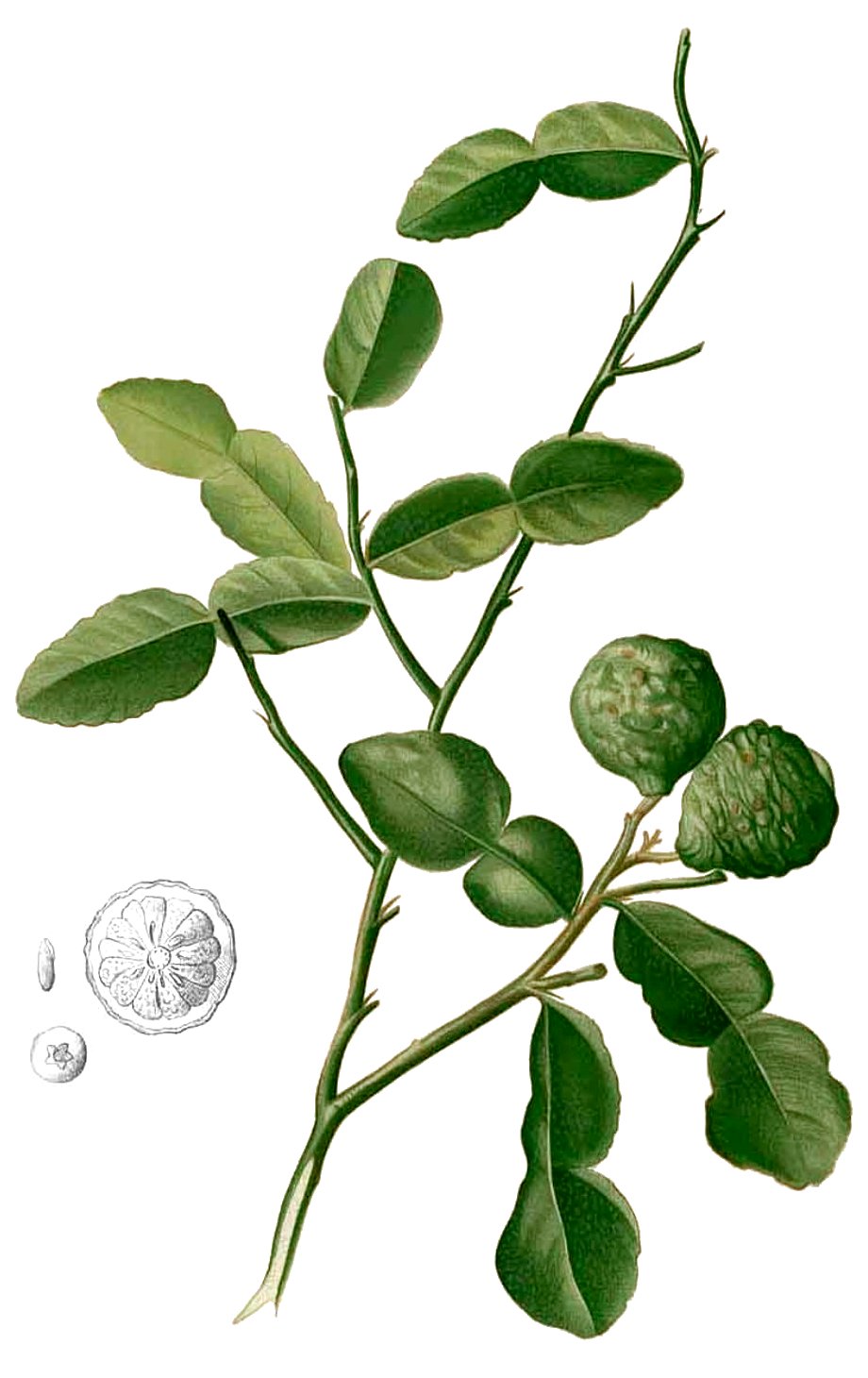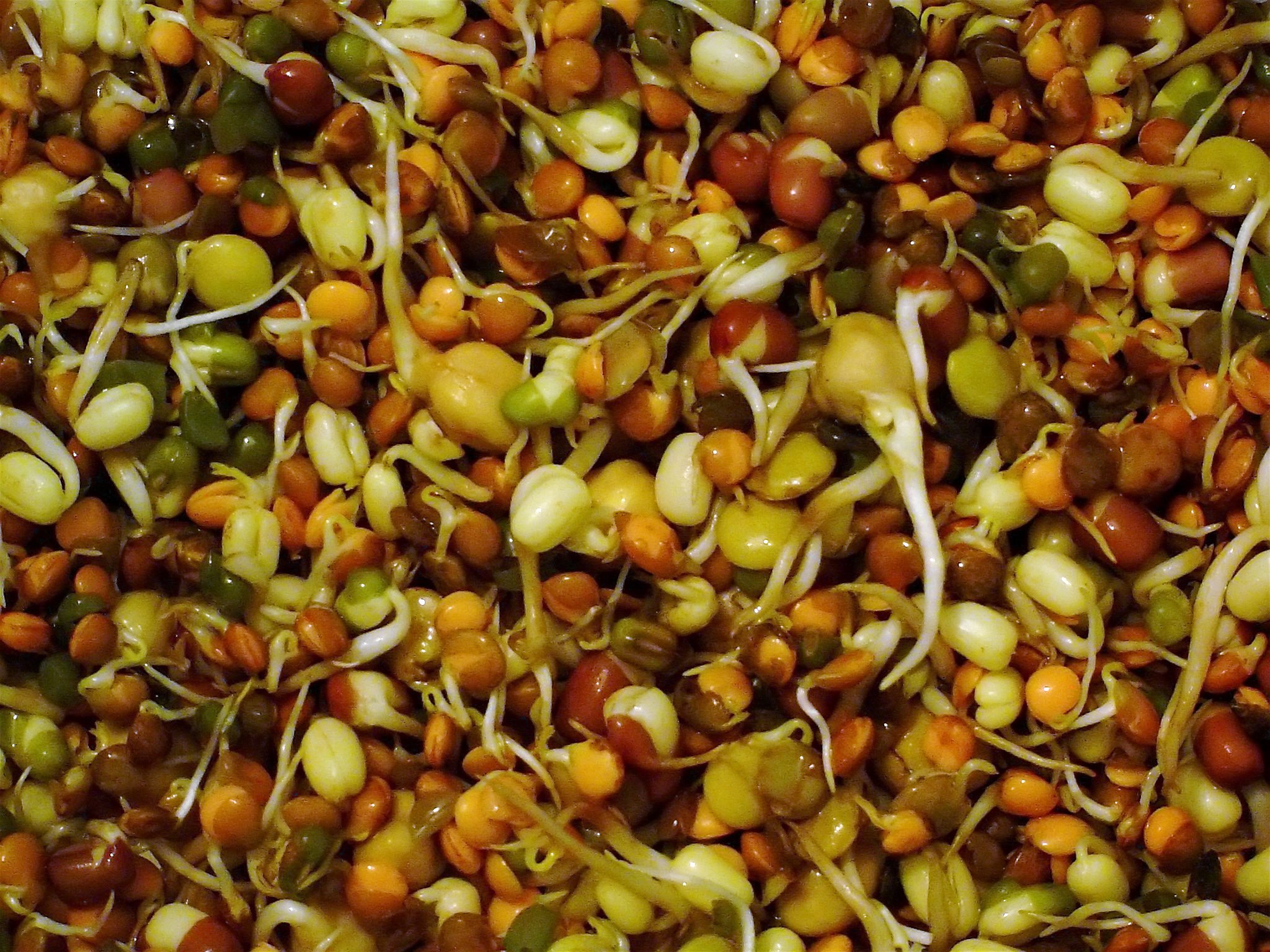|
Mie Kangkung
Mie kangkung (lit: "kangkung noodle"), is an Indonesian vegetable noodle soup with ''kangkung'' ( water spinach), usually served with ''bakso'' meatball and mushroom. It is of a specialty of Betawi cuisine, Jakarta, Indonesia. The yellow egg noodles come with a brown-colored thick soup, made of chicken or beef broth, which is thickened with tapioca, spiced and mixed with garlic and '' kecap manis'' (sweet soy sauce). Other ingredients include ''bakso'' meatballs, bean sprouts, mushroom, hard boiled quail eggs and sprinkled with ''bawang goreng'' (fried shallots) and added with dash of kaffir lime juice and ''sambal''. See also *Mie ayam * Mie celor * Mie kocok *Mi rebus * Mie goreng *Noodle soup *stir-fried water spinach Stir-fried water spinach is a common Asian vegetable dish, known by various names in Asian languages. Water spinach (''Ipomoea aquatica'') is stir-fried with a variety of vegetables, spices, and sometimes meats. It is commonly found throughout ..., or tum ... [...More Info...] [...Related Items...] OR: [Wikipedia] [Google] [Baidu] |
Indonesia
Indonesia, officially the Republic of Indonesia, is a country in Southeast Asia and Oceania between the Indian and Pacific oceans. It consists of over 17,000 islands, including Sumatra, Java, Sulawesi, and parts of Borneo and New Guinea. Indonesia is the world's largest archipelagic state and the 14th-largest country by area, at . With over 275 million people, Indonesia is the world's fourth-most populous country and the most populous Muslim-majority country. Java, the world's most populous island, is home to more than half of the country's population. Indonesia is a presidential republic with an elected legislature. It has 38 provinces, of which nine have special status. The country's capital, Jakarta, is the world's second-most populous urban area. Indonesia shares land borders with Papua New Guinea, East Timor, and the eastern part of Malaysia, as well as maritime borders with Singapore, Vietnam, Thailand, the Philippines, Australia, Palau, and India ... [...More Info...] [...Related Items...] OR: [Wikipedia] [Google] [Baidu] |
Beef Broth
Broth, also known as bouillon (), is a savory liquid made of water in which meat, fish or vegetables have been simmered for a short period of time. It can be eaten alone, but it is most commonly used to prepare other dishes, such as soups, gravies, and sauces. Commercially prepared liquid broths are available, typically chicken, beef, fish, and vegetable varieties. Dehydrated broth in the form of bouillon cubes were commercialized beginning in the early 20th century. Broths have been used as a nutrition source for the sick in Great Britain since at least the early 1700s, such as for dysentery patients. Stock versus broth Many cooks and food writers use the terms ''broth'' and ''stock'' interchangeably. In 1974, James Beard wrote that stock, broth, and bouillon "are all the same thing". While many draw a distinction between stock and broth, the details of the distinction often differ. One possibility is that stocks are made primarily from animal bones, as opposed to mea ... [...More Info...] [...Related Items...] OR: [Wikipedia] [Google] [Baidu] |
Stir-fried Water Spinach
Stir-fried water spinach is a common Asian vegetable dish, known by various names in Asian languages. Water spinach (''Ipomoea aquatica'') is stir-fried with a variety of vegetables, spices, and sometimes meats. It is commonly found throughout East, South and Southeast Asia; from Sichuan and Cantonese cuisine in China, to Indonesian, Burmese, Cambodian, Filipino, Malaysian, Singaporean, and Vietnamese cuisine in Southeast Asia; to Sri Lankan cuisine and Bengali cuisine in South Asia. Dish names * my, ကန်စွန်းရွက်ကြော်, găzun ywet kyaw * zh, c=炒空心菜, p=chǎo kōngxīncài * id, kangkung tumis, * jv, osèng kangkung * km, ឆាត្រកួន, chaa trakuon * lo, ຂົ້ວຜັກບົ້ງ, khūa phak bong * ms, kangkung goreng * nan, 炒蕹菜; zh, poj=chhá èng-chhài * tl, ginisang kangkong, * th, ผัดผักบุ้ง, phat phak bung * vi, rau muống xào * yue, 炒通菜; zh, j=caau2 tung1 coi3 ... [...More Info...] [...Related Items...] OR: [Wikipedia] [Google] [Baidu] |
Mi Rebus
Mee rebus, also known as mie rebus/mi rebus in Indonesian spelling, is a Maritime Southeast Asian noodle soup dish. Literally translated as "boiled noodles", it is popular in Maritime Southeast Asian countries such as Indonesia, Malaysia, and Singapore. In Indonesia it is also known as mie kuah, which literally means "noodle soup". Ingredients The dish is made of yellow egg noodles, which are also used in Hokkien mee, with a spicy slightly sweet curry-like gravy. The gravy is made from shrimp or tauchu broth, shallots, lemongrass, galangal, ''salam'' leaf (Indonesian bayleaf), kaffir lime leaf, ''gula jawa'' (Indonesian dark palm sugar), salt, water, and corn starch as thickening agent. The dish is garnished with a hard boiled egg, dried shrimp, boiled potato, calamansi limes, spring onions, Chinese celery, green chillies, fried firm tofu (''tau kwa''), fried shallots and bean sprouts. Some eateries serve it with beef, though rarely found in hawker centres, or add dark s ... [...More Info...] [...Related Items...] OR: [Wikipedia] [Google] [Baidu] |
Mie Kocok
Mie kocok (lit: "shaken noodle"), is an Indonesian beef noodle soup, specialty of Bandung city, West Java. The dish consists of noodles served in rich beef consommé soup, ''kikil'' (beef tendon or slices of cow's trotters), bean sprouts and bakso (beef meatball), kaffir lime juice, and sprinkled with sliced fresh celery, scallion and fried shallot. Some recipes might add beef tripe. In Indonesian the term ''kocok'' means "shake", and it refers to the method of softening and cooking the noodles by shaking the noodles placed in a handled porous tin container, while being simmered in hot water. The dish uses flat yellow noodles. To add taste and spiciness ''kecap manis'' (sweet soy sauce) and sambal might be added. A similar-named but slightly different chicken-based noodle dish from the neighboring city of Cirebon is called mie koclok. See also * Mie koclok * Mie celor * List of soups This is a list of notable soups. Soups have been made since Ancient history, ancie ... [...More Info...] [...Related Items...] OR: [Wikipedia] [Google] [Baidu] |
Mie Ayam
Mie ayam, mi ayam, or bakmi ayam (Indonesian for 'chicken bakmi', literally chicken noodles) is a common Indonesian dish of seasoned yellow wheat noodles topped with diced chicken meat (''ayam''). It is derived from culinary techniques employed in Chinese cuisine. In Indonesia, the dish is recognized as a popular Chinese Indonesian dish, served from simple travelling vendor carts frequenting residential areas, humble street-side ''warung'' to restaurants. Preparation and serving The yellow wheat noodle is boiled in water until it achieves an al dente texture and mixed in a bowl with cooking oil, soy sauce, and garlic. The oil coats the noodle in order to separate the threads. The oil can be chicken fat, lard, or vegetable oil. The chicken meat is diced and cooked in soy sauce and other seasonings including garlic. The chicken meat might also be cooked with mushrooms. The seasoned chicken and mushroom mixture is placed on the noodles, and topped with chopped spring onions (gre ... [...More Info...] [...Related Items...] OR: [Wikipedia] [Google] [Baidu] |
Sambal
Sambal is an Indonesian chilli sauce or paste, typically made from a mixture of a variety of chilli peppers with secondary ingredients, such as shrimp paste, garlic, ginger, shallot, scallion, palm sugar, and lime juice. ''Sambal'' is an Indonesian loan-word of Javanese origin (). It originated from the culinary traditions of Indonesia, and is also an integral part of the cuisines of Malaysia, Sri Lanka, Brunei and Singapore. It has also spread through overseas Indonesian populations to the Netherlands and Suriname. (Indonesian) Various recipes of ''sambals'' usually are served as hot and spicy condiments for dishes, such as ''lalab'' (raw vegetables), ''ikan bakar'' (grilled fish), ''ikan goreng'' (fried fish), '' ayam goreng'' (fried chicken), ''ayam penyet'' (smashed chicken), '' iga penyet'' (ribs) and various '' soto'' soup. There are 212 variants of sambal in Indonesia, with most of them originating from Java. History Sambal is often described as a hot and spicy In ... [...More Info...] [...Related Items...] OR: [Wikipedia] [Google] [Baidu] |
Kaffir Lime
''Citrus hystrix'', called the kaffir lime or makrut lime, (, ) is a citrus fruit native to tropical Southeast Asia. Its fruit and leaves are used in Southeast Asian cuisine, and its essential oil is used in perfumery. Its rind and crushed leaves emit an intense citrus fragrance. Names "Kaffir" is thought to ultimately derive from the Arabic ''kafir'', meaning ''infidel'', though the mechanism by which it came to be applied to the lime is uncertain. Following the takeover of the Swahili coast, Muslims used the term to refer to the non-Muslim indigenous Africans, who were increasingly abducted for the Indian Ocean slave trade, which reached a height in the fifteenth and sixteenth century. The most likely etymology is through the Kaffirs, an ethnic group in Sri Lanka partly descended from enslaved Bantu. The earliest known reference, under the alternative spelling "caffre" is in the 1888 book ''The Cultivated Oranges, Lemons Etc. of India and Ceylon'' by Emanuel Bonavia, who n ... [...More Info...] [...Related Items...] OR: [Wikipedia] [Google] [Baidu] |
Quail Eggs
Quail eggs are eaten and considered a delicacy in many parts of the world, including Asia, Europe, and North America. In Japanese cuisine, they are sometimes used raw or cooked as ''tamago'' in sushi and often found in ''bento'' lunches. In some other countries, eggs of quail are considered less exotic. In Brazil, Colombia, Ecuador and Venezuela, a single hard-boiled quail egg is a common topping on hot dogs and hamburgers, often fixed into place with a toothpick. In the Philippines, '' kwek-kwek'' is a popular street food delicacy, which consists of soft-boiled quail eggs dipped in orange-colored batter before being skewered and deep-fried. In Indonesia, small packages of hardboiled quail eggs are sold by street vendors as snacks, and skewered quail eggs are sold as ''satay'' to accompany main dishes such as '' soto'' and ''bubur ayam''. In Vietnam, bags of boiled quail eggs are sold on street stalls as inexpensive beer snacks. In South Korea, large, inexpensive bags of boile ... [...More Info...] [...Related Items...] OR: [Wikipedia] [Google] [Baidu] |
Bean Sprout
Sprouting is the natural process by which seeds or spores germinate and put out shoots, and already established plants produce new leaves or buds, or other structures experience further growth. In the field of nutrition, the term signifies the practice of germinating seeds (for example, mung beans or sunflower seeds) to be eaten raw or cooked, which is considered more nutritious. Suitable seeds All viable seeds can be sprouted, but some sprouts, such as kidney beans, should not be eaten raw. Bean sprouts are a common ingredient across the world. They are particularly common in Eastern Asian cuisine. It typically takes one week for them to become fully grown. The sprouted beans are more nutritious than the original beans, and they require much less cooking time. There are two common types of bean sprouts: * Mung bean sprouts, made from greenish-capped mung beans * Soybean sprouts, made from yellow, large-grained soybeans Common sprouts used as food include: * Pulses ... [...More Info...] [...Related Items...] OR: [Wikipedia] [Google] [Baidu] |





